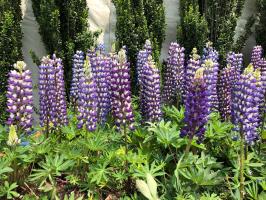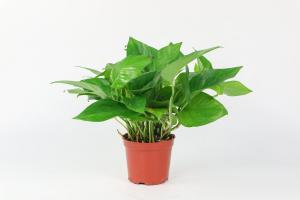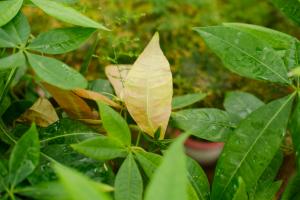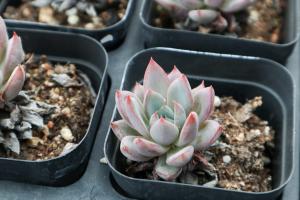Seedling division time of African Viola leaf cuttings
Usually, when the seedlings inserted with African pansy leaves grow 4-6 leaves, they can be divided. Pay attention to avoid hot and humid or cold weather, otherwise it is easy to cause rotten seedlings
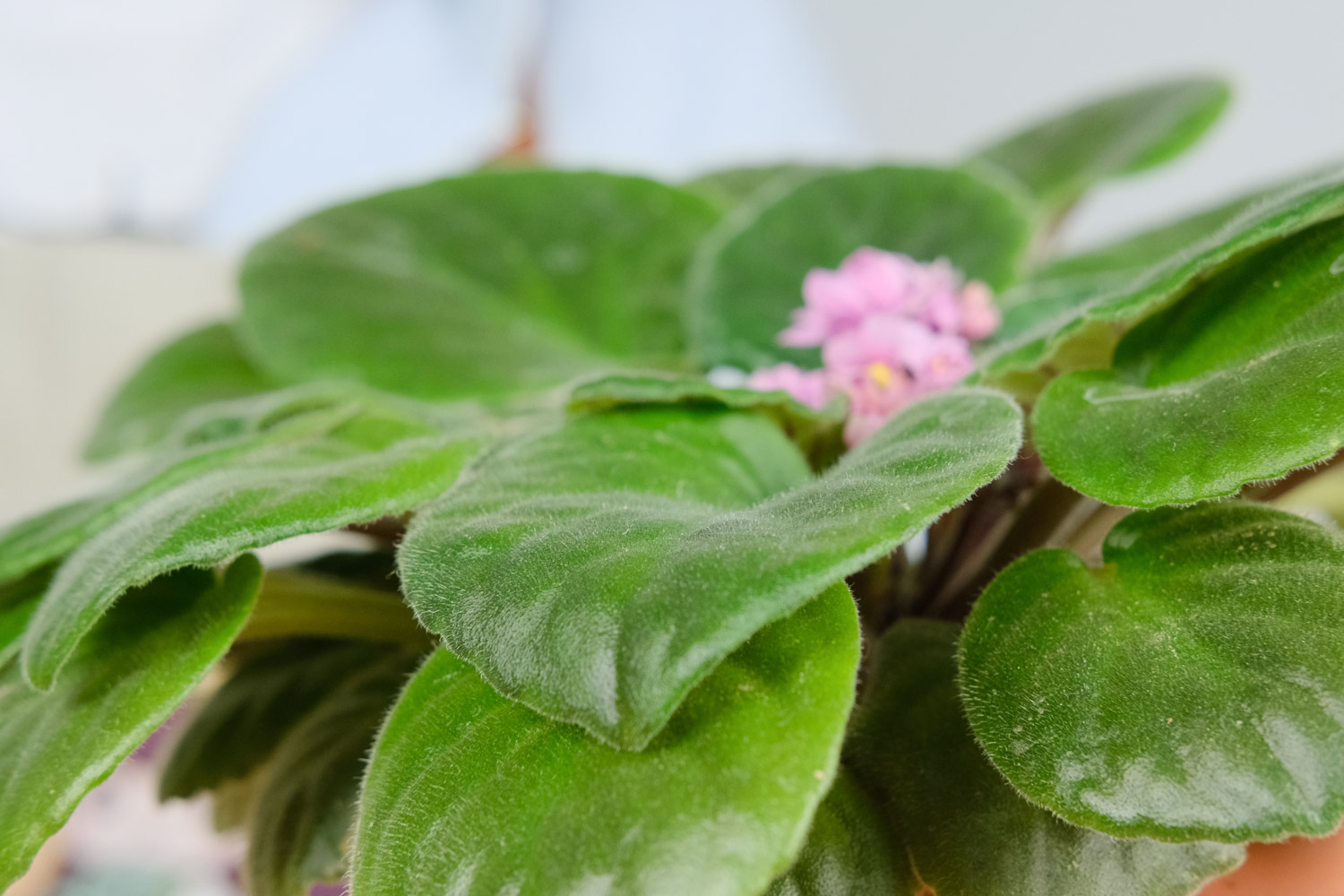
Seedling division method of African Viola leaf cuttings
It is necessary to separate the seedlings when the medium in the basin is dry, remove the leaves with seedlings from the basin, shake off the excess medium, and then carefully break off the seedlings by hand. When preparing the medium of seedlings, it is necessary to keep them in a loose state with a certain humidity, and it is appropriate to grasp them by hand without forming mounds. Put the medium into the container, dig a pit in the middle and put in the seedlings. Gently compact the medium with your fingers and fix the position of the seedlings. The depth is appropriate to expose the growth point. Don't water immediately after the seedling division is completed to avoid wound infection. Water it after a day. And put it in a place with scattered light and good ventilation. After about two weeks of maintenance, when the seedlings grow roots and start living, they can enter normal management
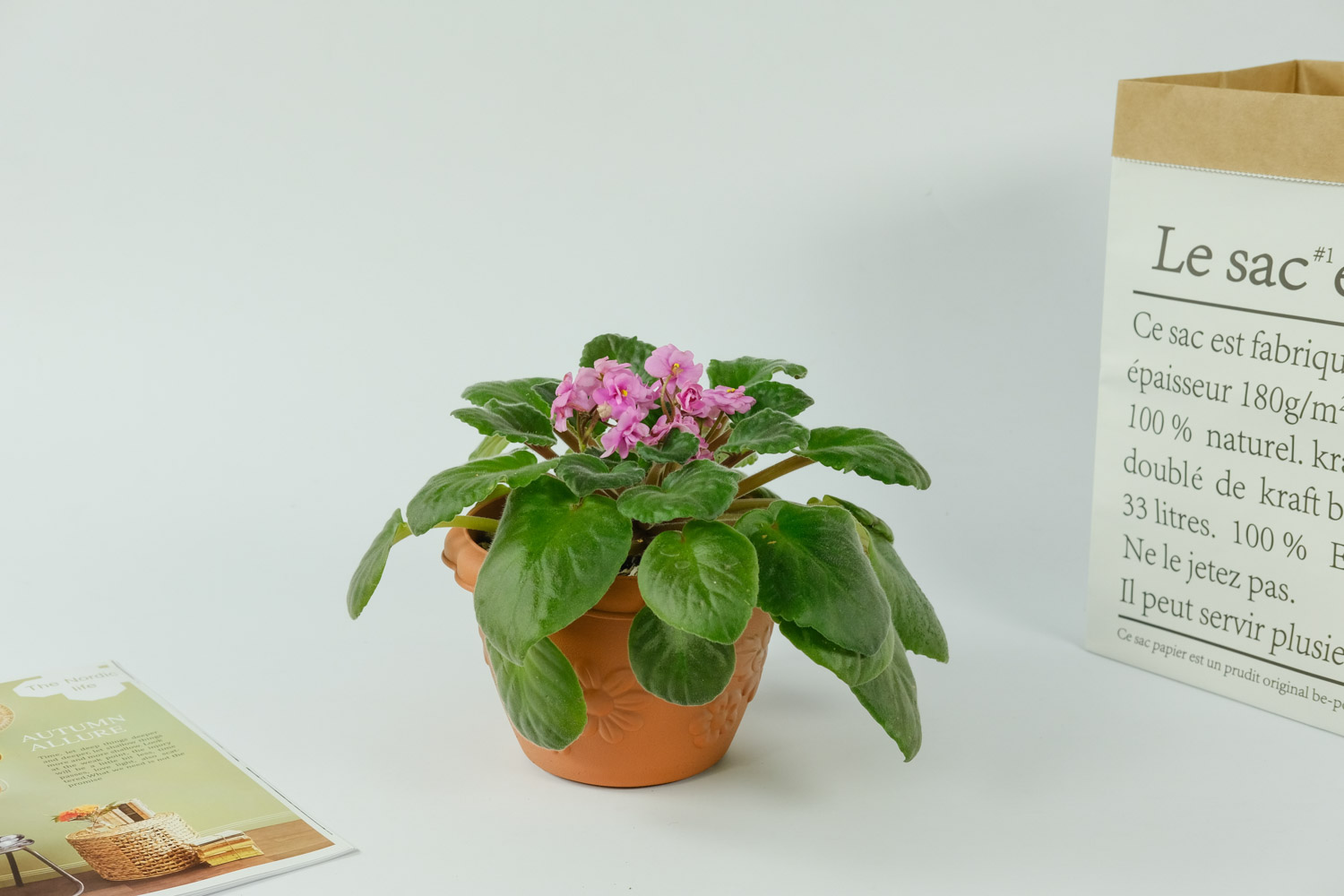
Generally, the larger seedlings are selected to be separated, and the smaller ones remain on the mother leaves. If the small buds at the growth point have not developed into seedlings, the mother leaves can be put back into the original basin and buried, waiting for them to continue to grow seedlings. These seedlings can be formed in the future, but they are often not as robust as the original seedlings. If they do not intend to reproduce more, they can be removed to avoid the consumption of excess nutrients

 how many times do yo...
how many times do yo... how many planted tre...
how many planted tre... how many pine trees ...
how many pine trees ... how many pecan trees...
how many pecan trees... how many plants comp...
how many plants comp... how many plants can ...
how many plants can ... how many plants and ...
how many plants and ... how many pepper plan...
how many pepper plan...